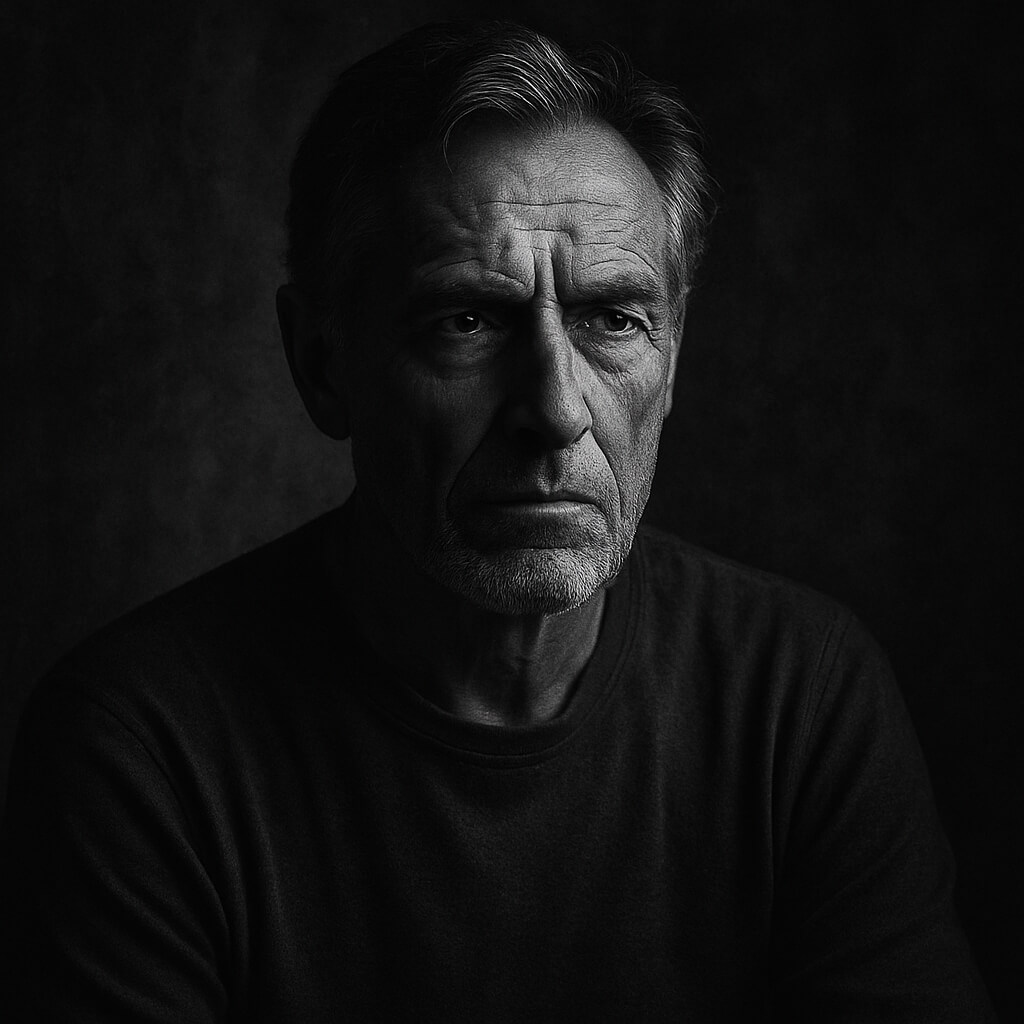June 02, 2025

Black and white photography isn’t merely an artistic choice—it’s a language of emotion, light, and depth. High-contrast black and white images have the power to transform mundane subjects into striking visual narratives. In this detailed guide, we’ll walk through how to shoot, process, and perfect high-contrast black and white photography in 2025.
Whether you're an aspiring street photographer, a portrait artist, or a seasoned professional, these techniques will help you create powerful imagery that resonates.
Despite advances in color technology, black and white photography remains one of the most powerful mediums. Here’s why it endures:
Looking to create a distinctive photography brand? Start with this guide to building a personal brand.
High-contrast black and white begins with vision—specifically, seeing your subject in tones rather than hues. This means observing:
A good exercise is to review your favorite color images and mentally convert them to grayscale. Would they still work without color? If yes, you're on the right track.
Unlike soft, even lighting preferred for color portraits, black and white thrives in contrast. To create drama:
Ideal Conditions:
Don’t shy away from deep shadows—embrace them.
Want to improve your lighting game? See how streamers and creators use setups from our lighting guide.
Shooting for high contrast isn’t just about lighting—it’s also about how your camera interprets light.
Recommended Settings:
Upgrade your workflow with tips from pro photographers in this photo restoration guide.
This is where your image truly comes alive.
In Post-Processing (Lightroom or Photoshop):
Pro Tip: Use local adjustments rather than global filters for a professional finish.
Want to turn your black and white images into income? Discover the best platforms for selling photos.
Or explore how to create passive income with your photography.
A strong black and white body of work can become your artistic signature.
Project Ideas:
Present your series as a zine, gallery submission, or Instagram grid. Storytelling through consistency strengthens your brand.
Just starting out? Learn how to start a photography business from scratch.
To truly master this style, keep these additional techniques in mind:
High-contrast black and white photography isn’t just a technique—it’s a storytelling style. It allows emotion, geometry, and light to take center stage without the influence of color. As a photographer in 2025, embracing this style can set your portfolio apart, evoke powerful reactions, and even build a niche brand around a timeless visual language.
Start small. Experiment often. And let your shadows speak.
Curious about turning your skills into a business? Check out how to scale your photography business and go full-time.
Or if you're new, see how to start a photography business from scratch.
Editing your best work? Discover top photo editing tools for 2025.
Stay up to date with the newest tips, gear reviews, and step-by-step guides to elevate your photography journey from home and beyond.